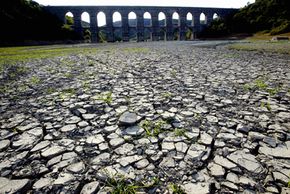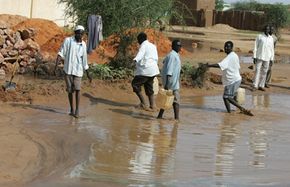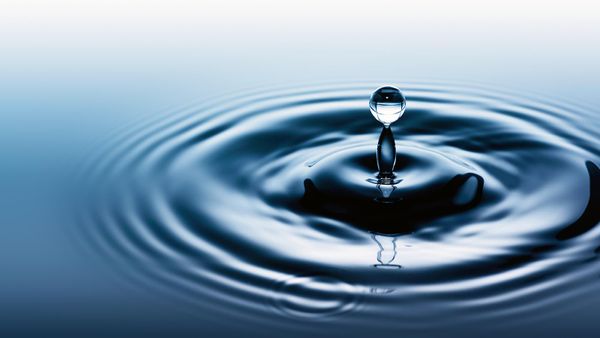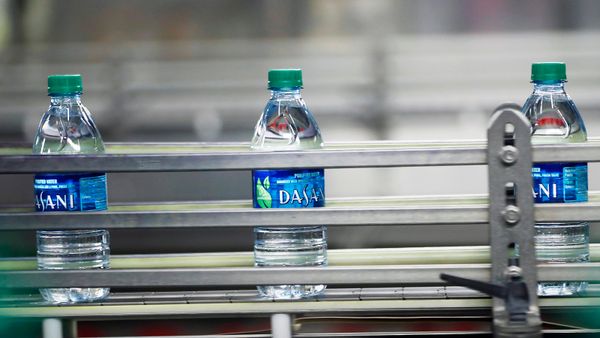Key Takeaways
- Freshwater makes up only 3 percent of Earth's water supply, with less than 1 percent freely available for human use.
- Population growth, agricultural demands and inefficient use of water cause conflicts over water rights and scarcity.
- Solutions include diplomatic water-use agreements and technological innovations like drip-irrigation and desalination.
Our global water supply is becoming more of an issue every day. Even in developed nations, where a plentiful supply of water is sometimes taken for granted, the value of water is increasing among the people and their governments. HowStuffWorks has already found that we can't manufacture water, so what exactly will happen if we run out? It's ironic that on a planet that is 70 percent water, people don't have enough clean, safe water to drink. But the freshwater on Earth makes up just three percent of the water supply. And less than one percent is freely available; the rest is tied up in ice, as in icebergs, glaciers, and snowcaps. This means that all of the rivers, streams, lakes, aquifers and groundwater expected to sustain the 6,602,224,175 people on Earth make up less than one percent of the total water on the planet [source: CIA].
This is important, because the planet is in the midst of what the United Nations is calling a "water crisis." For some people, the issue isn't a lack of water, but a lack of clean water: Millions of people die each year from preventable diseases, after drinking water from an unsanitary source [source: U.N.]. In other regions, water is simply scarce.
Advertisement
A water shortage can affect you no matter where you live in the world. It's arguably humanity's most vital natural resource. It sustains all other activities; it's the essential basis of economies, societies and human life.
The current crisis results from a combination of factors, but one rises above the others: the global population boom. As populations grow, so too, do their demands on water. People must be fed, and agriculture must have water to grow crops and livestock. This puts a demand on naturally available water.
To secure a source of water for its people, a government may construct a dam, but dams have drawbacks as well. Due to their large surface area, they lose a lot of water to evaporation. And they also serve as inadvertent collection sites for natural salts found in freshwater. These salts build up over time, and cropland irrigated through a dam may become poisoned from salt concentrations. This can lead to food loss -- not only the crops themselves, but also the cows, pigs and chickens that eat the affected grains.
Instead of finding new places to grow crops, farmers with ruined fields may move to cities in search of work. Sudden urban population growth strains public infrastructure -- like sewers. The poorest residents may find that they have no choice but to use the water supply directly, without sanitation. Pollution would also increase through the growth of industry, which may boom with a sudden influx of cheap labor. If this happened, it wouldn't take long for the common water supply to become unsanitary under these conditions. The polluted water supply would kill aquatic life, further reducing the available food supply. Water-borne diseases, such as diarrhea, would spread.
Will this happen? Perhaps not. But people may resort to violence in an attempt to prevent a nightmare scenario like this. Read on to find out about conflicts arising from water rights.
Advertisement





